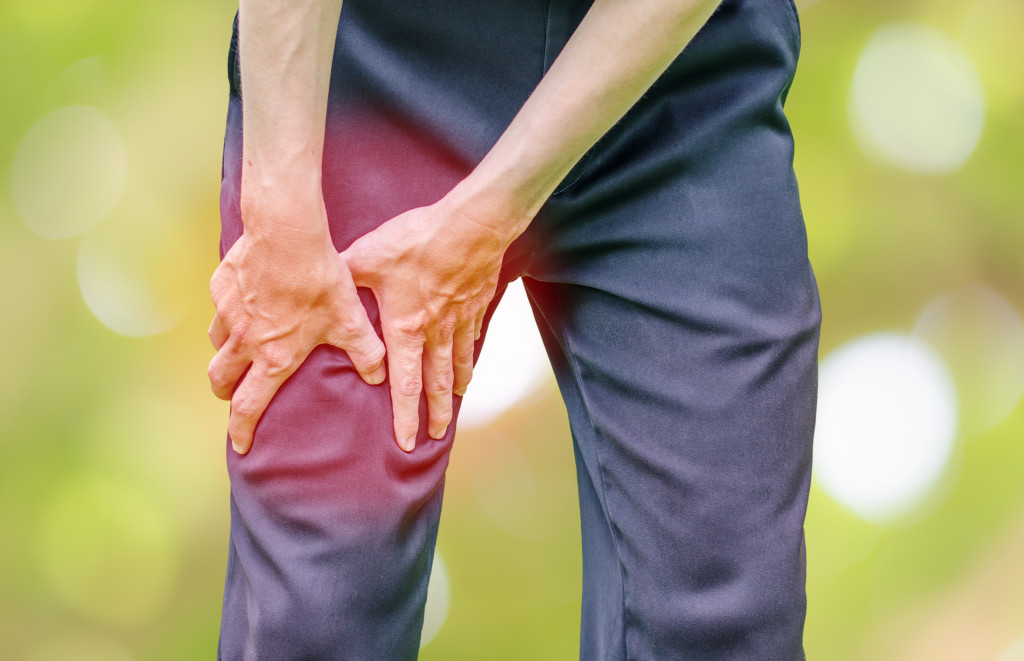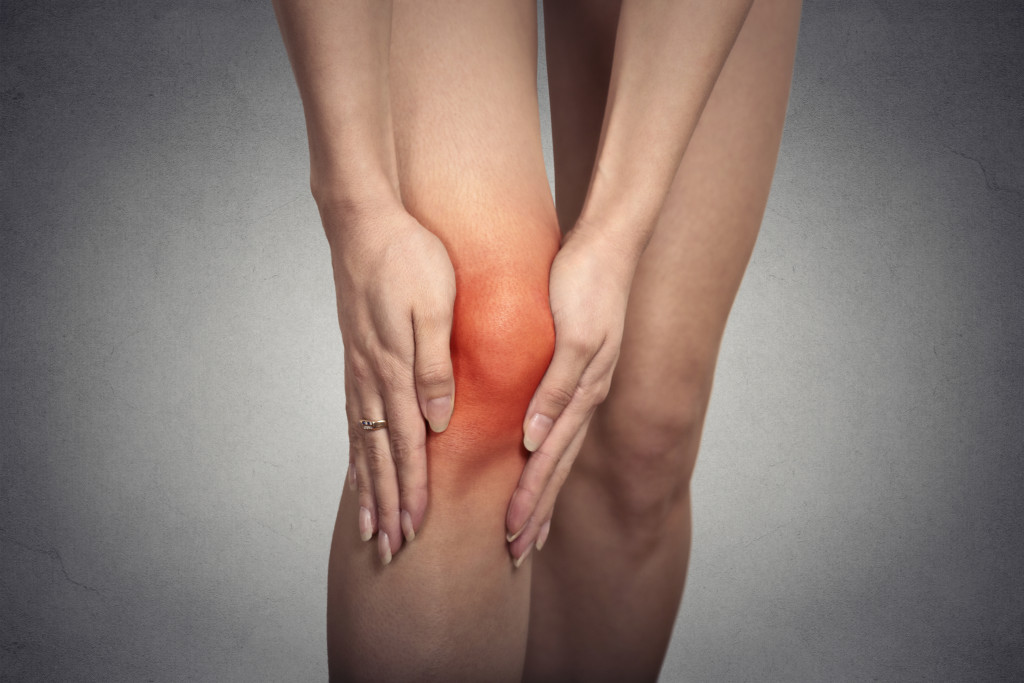- Osteoarthritis, a degenerative disease, is a top cause of knee pain, leading to cartilage erosion and joint discomfort.
- Factors causing osteoarthritis include inflammation, bone spurs, cartilage damage, ligament, and meniscus tears.
- Symptoms range from pain, stiffness, and swelling to decreased range of motion, often impairing basic movement.
- Managing osteoarthritis includes pain treatment, physical therapy, surgery, dietary supplements, and lifestyle modifications.
- Despite the challenges, timely diagnosis and suitable treatment can control osteoarthritis symptoms, improving the patient’s quality of life.
Knee pain is a common problem affecting millions of people globally. When it comes to osteoarthritis, knee pain is often an unwelcome side effect. Osteoarthritis is arthritis that affects the bones, cartilage, and joints and is most commonly associated with aging and wear and tear. The painful condition can be debilitating and can make even simple movements difficult. Here’s what you need to know about osteoarthritis, its leading reasons, and how to deal with it.
What is Osteoarthritis?
First, it’s essential to understand what osteoarthritis is. Osteoarthritis is a progressive degenerative disease affecting the cartilage surrounding bones, joints, and muscles. As time wears on, the wear and tear of everyday activities can cause the cartilage to erode, which means it won’t be able to cushion your joints properly. This can lead to pain, swelling, stiffness, and decreased range of motion.
What are the Leading Causes of Osteoarthritis?
There are some leading reasons for osteoarthritis. Here are some of them:
1. Inflammation
One of the most common causes of knee pain in osteoarthritis patients is inflammation. Inflammation occurs as the body’s response to injury and is often caused by excess weight, overuse, and cartilage lining wear and tear. When inflammation builds up in the knee, pain and swelling can occur, leading to discomfort and reduced mobility.
2. Bone Spurs
Bone spurs are common in osteoarthritis patients, particularly those with knee osteoarthritis. These bony growths form when the body reacts to the wearing down of the cartilage lining, often due to aging. Bone spurs can grow into the joint space and cause pain, stiffness, and discomfort.
3. Cartilage Damage
As osteoarthritis progresses, it causes damage to the cartilage lining in the joint. Cartilage acts as a cushion for the joint, and when it is damaged or wears down, the bones can rub together, causing significant pain. For individuals suffering from osteoarthritis, cartilage damage often leads to pain during movement, inflammation, stiffness, and reduced range of motion.
4. Ligament Tear
Osteoarthritis can weaken the ligaments around the knee, making them susceptible to tearing, particularly if the patient has an existing injury or has experienced excessive wear and tear. After a ligament tear, patients typically experience pain, swelling, bruising, and instability around the knee.
5. Meniscus Tear
A meniscus tear can be caused by knee osteoarthritis, as the cartilage wears down, causing excessive stress on the knee joint. When the connective tissue between the knee bones tears, it often causes discomfort and difficulty walking or standing.
Dealing With This Disorder
There are various ways to deal with disorder. Here are four ways:
Pain Treatment
The pain caused by osteoarthritis in your knee can be managed through pain medications or topical creams and ointments. Additionally, a reputable knee pain treatment service can help diagnose the severity of your pain and recommend a course of action. They can also guide managing the pain and performing exercises.
Physical Therapy
Physical therapy is an excellent way to reduce knee pain related to osteoarthritis. A physical therapist can help you learn proper techniques for moving your joint, increasing range of motion, strengthening the muscles around the knee, and improving balance. With regular physical therapy sessions, patients can often reduce pain and improve their mobility.
Surgery
Surgery may be recommended in severe cases to stabilize the knee joint and remove damaged tissue. This can help reduce the amount of pain experienced by the patient, as well as increase their range of motion. However, surgery is a significant decision that should only be taken after consulting with your doctor.
Supplements & Lifestyle Changes
Dietary supplements such as glucosamine and chondroitin are often used to help reduce the pain and stiffness associated with osteoarthritis. Additionally, lifestyle changes, such as eating a healthy diet, avoiding smoking, and maintaining proper weight, can reduce symptoms.
Knee pain caused by osteoarthritis can be debilitating, but with proper diagnosis and treatment, it’s possible to manage the symptoms. With a combination of pain medications or topical creams and lifestyle changes, you can help reduce your pain and improve mobility. Talk to your doctor today about how to manage your knee pain.


